I try to add entity-framework to console application:
I press "add new item" and

then

then




then I added code:
class Program
{
static void Main(string[] args)
{
try
{
Database1Entities db = new Database1Entities();
db.AddToTableTest(new TableTest { name = "name" });
db.SaveChanges();
int count = db.TableTest.Count();
int ui = 9 + 0;
}
catch (Exception e)
{
}
}
}
It gives no error, but I don't see any changes in database. I described the issue better here